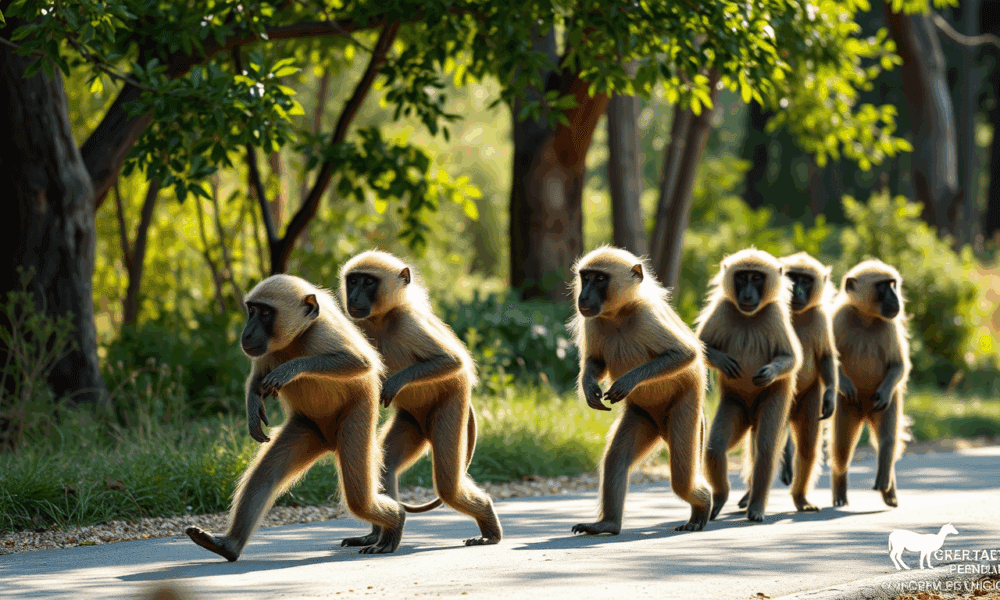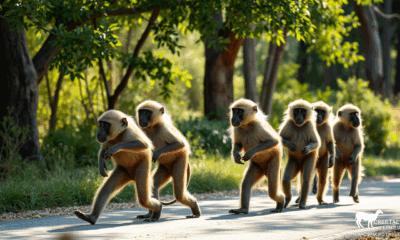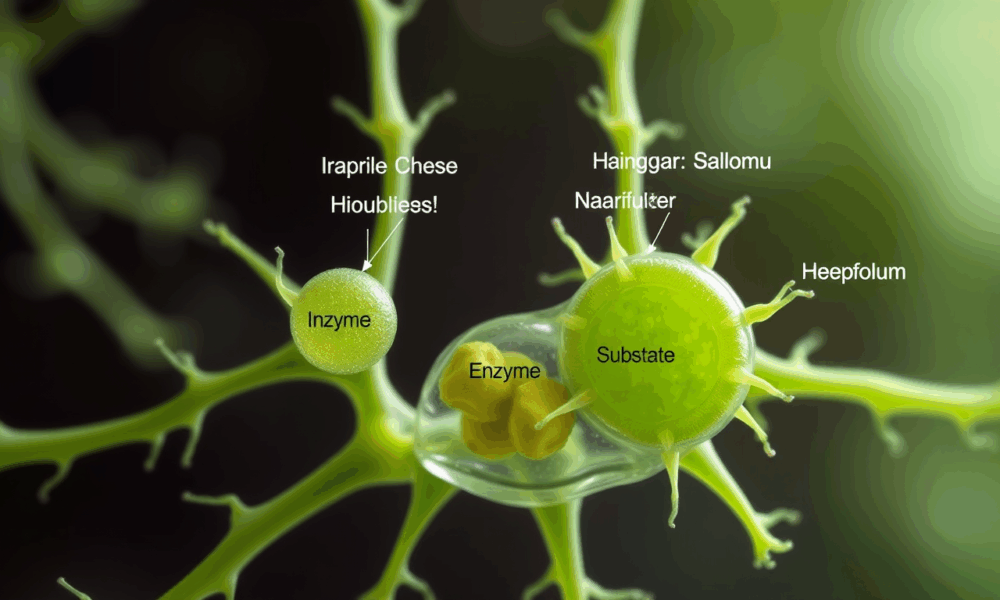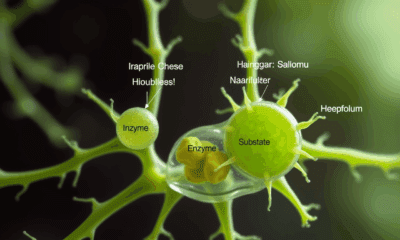


Researchers have discovered that baboons walk in lines, not for safety or strategy, but simply to stay close to their friends.



As psychedelics gain traction as potential treatments for mental health disorders, an international study stands to improve the rigor and reliability of clinical research.



The biosynthesis of the great variety of natural plant products has not yet been elucidated for many medically interesting substances. In a new study, an international...



Environmental DNA from the air, captured with simple air filters, can track everything from illegal drugs to the wildlife it was originally designed to study.



Researchers asked patients, some of whom had experienced lower back pain for up to 40 years, if being in nature helped them coped better with their...



New research has found that those who consume a diverse range of foods rich in flavonoids, such as tea, berries, dark chocolate, and apples, could lower...



To satisfy the seafood needs of billions of people, offering them access to a more biodiverse array of fish creates opportunities to mix-and-match species to obtain...



Researchers found telehealth visits can improve care for cats with feline arthritis.



Researchers have synthesized a new compound called infuzide that shows activity against resistant strains of pathogens.



New research shows that the presence of solar panels in Colorado's grasslands may reduce water stress, improve soil moisture levels and -- particularly during dry years...